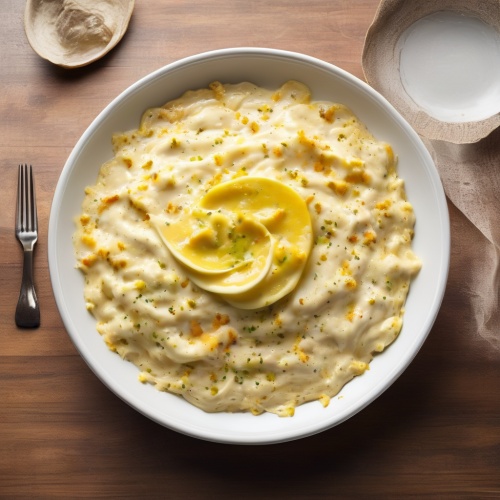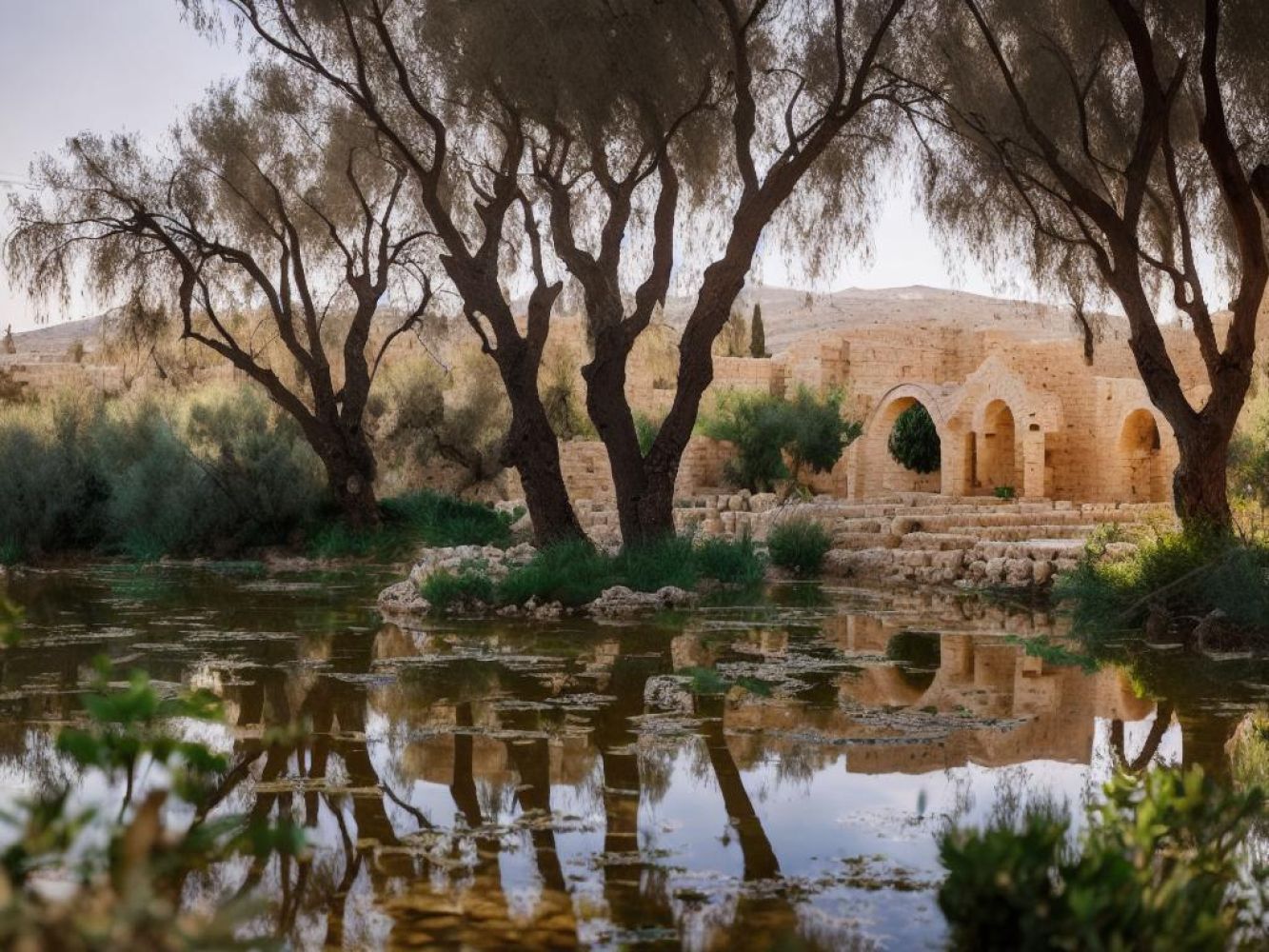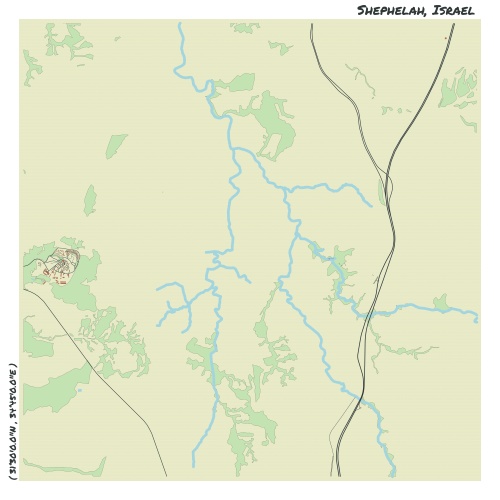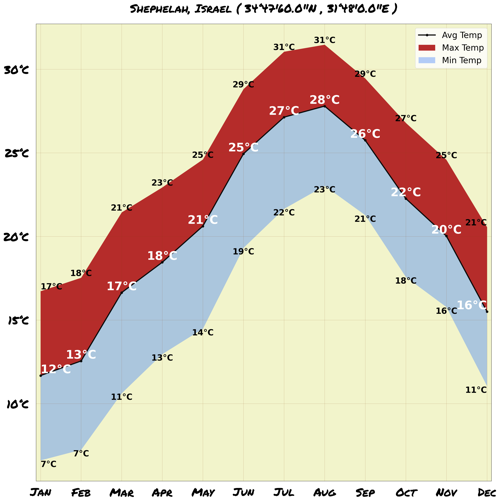Understand
The Shephelah region is a treasure trove of fertility and ancient ruins, enchanting visitors with its picturesque hills and abundant natural springs. These springs, often redirected into ancient stone pools, have become a favorite pastime for young Israelis who take pride in repairing and revitalizing these aquatic havens. It is a popular destination for city dwellers, seeking respite from the summer heat, offering a refreshing oasis amidst the scenic landscapes. As you explore the Shephelah, you'll discover serene "chill out" zones and be enticed by the tantalizing aroma of fruit trees, including delightful figs and juicy raspberries, that surround these picturesque springs.
In biblical times, the Shephelah held great significance as the gateway to renowned cities such as Jerusalem, Hebron, and Bethlehem. This region witnessed epic battles between the Israelites, dwelling in the mountains, and the formidable Philistines, a Greek nation that invaded along the coastal plains of Israel. The Valley of Elah, one of the primary valleys in the Shephelah, served as the awe-inspiring backdrop for the legendary confrontation between David and Goliath. Undoubtedly, the Shephelah is steeped in history and offers a captivating journey through ancient tales of heroism and triumph.
During the Israeli War of Independence, the Shephelah became the central battleground as Israeli forces sought to secure the route to Jerusalem. Fierce battles ensued against the armies of Jordan and Iraq, who aimed to conquer the coastal plains and lay claim to the temporary capital of Israel, Tel Aviv. Ultimately, the truce line between Israel and Jordan largely traced through the Shephelah, marking its historical significance. In the Six-Day War of '67, Israel emerged victorious, reclaiming the western bank of the Jordan River, including the Jordanian Shephelah, the mountains of Judea, and Samaria.
]Map & Climate
Popular Foods
 Shakshuka - This iconic Israeli dish consists of eggs poached in a vibrant tomato sauce seasoned with cumin, paprika, and chili peppers. It's typically cooked and served in a skillet, accompanied by fresh bread for dipping into the savory, slightly spicy mixture. Often enjoyed for breakfast or brunch, shakshuka can also be a satisfying vegetarian lunch or dinner option.
Shakshuka - This iconic Israeli dish consists of eggs poached in a vibrant tomato sauce seasoned with cumin, paprika, and chili peppers. It's typically cooked and served in a skillet, accompanied by fresh bread for dipping into the savory, slightly spicy mixture. Often enjoyed for breakfast or brunch, shakshuka can also be a satisfying vegetarian lunch or dinner option. Falafel - These delicious, crispy fritters are made from ground chickpeas or sometimes fava beans, mixed with herbs and spices such as parsley, cilantro, garlic, and cumin. They're then deep-fried until golden brown and served in pita bread as part of a sandwich called a falafel wrap, often accompanied by tahini sauce, vegetables, and pickles. Falafel is a popular street food and a staple in Israeli and Middle Eastern cuisine.
Falafel - These delicious, crispy fritters are made from ground chickpeas or sometimes fava beans, mixed with herbs and spices such as parsley, cilantro, garlic, and cumin. They're then deep-fried until golden brown and served in pita bread as part of a sandwich called a falafel wrap, often accompanied by tahini sauce, vegetables, and pickles. Falafel is a popular street food and a staple in Israeli and Middle Eastern cuisine. Hummus - This classic Israeli dip or spread is made from mashed cooked chickpeas blended with lemon juice, garlic, and sesame paste (tahini). It's typically served as an appetizer or side dish, accompanied by fresh vegetables, pita bread, or other types of flatbread for scooping up the creamy, slightly tangy hummus. Hummus is a popular and versatile plant-based option that can be found throughout Israel and the Mediterranean region.
Hummus - This classic Israeli dip or spread is made from mashed cooked chickpeas blended with lemon juice, garlic, and sesame paste (tahini). It's typically served as an appetizer or side dish, accompanied by fresh vegetables, pita bread, or other types of flatbread for scooping up the creamy, slightly tangy hummus. Hummus is a popular and versatile plant-based option that can be found throughout Israel and the Mediterranean region.




Comments
NO COMMENTS